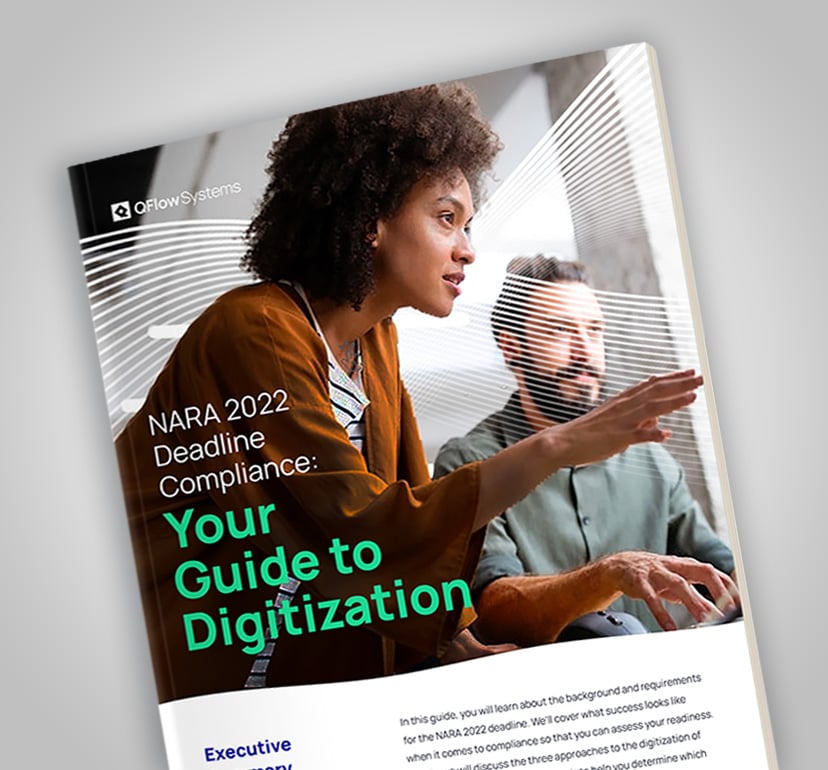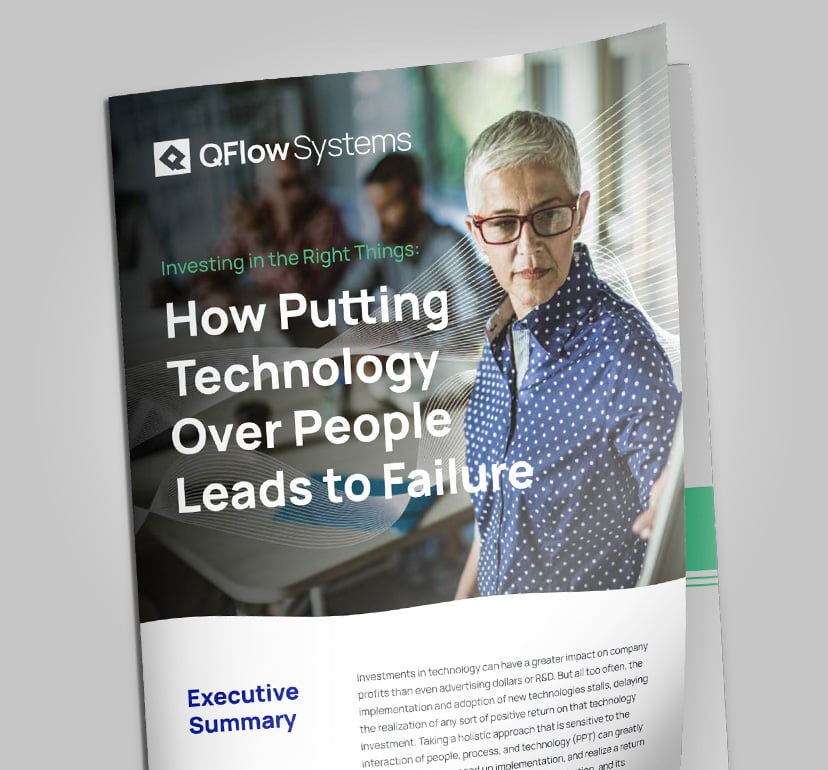Today, institutions are flooded with data from numerous end points. How that data is structured, sorted, and protected can make or break your organization’s future in the digital information age. Your data’s entire lifecycle—from how it’s acquired by your organization, managed, processed, and, eventually, disposed of or destroyed—could also provoke scrutiny from public regulators or professional certification bodies.
Throughout that entire cycle, your organization (whether it’s public or private) needs a proven methodology to structure and track your data as it moves through various stages and departments. Just like managing the company’s finances requires security, transparency, and flexibility, so does your data strategy.
What is Data Governance?
Data governance is a very broad term. Generally, it refers to the processes and methodologies an organization deploys to verify internal data is sufficiently secure and private, while remaining usable and valuable to the staff and stakeholders.
Your data policies ideally should set forth how you collect, store, process, and eventually dispose of that data. It should also specify various levels of encryption/permissions for internal and external users, as well as comply with the external standards set in place by regulators, member associations, government agencies, payment providers, and so forth.
How is Data Governance Used?
Let’s restate the goal: A holistic data strategy is to set and enforce guidelines that enable access to data and information while keeping it secure.
Data governance sets and enforces controls to allow greater access to data, while also ensuring security and privacy. Of the potentially endless use cases for data governance, the most common are:
Quality: Data governance can quantify what “quality data” means for your organization, as well as the techniques and/or strategies that set forth what data should be used. Data quality is usually measured across six different categories: Consistency, validity, uniqueness, accuracy, completeness, and timeliness.
Stewardship: Processes that ensure organizations are “good stewards” of their private data.
Management: Categorizing data as a cost-effective enterprise asset, ensuring it’s leveraged securely and efficiently before it’s destroyed or disposed of.
The Challenge of Legacy and/or Manual Systems
Legacy systems are often difficult to transition away from, but those systems also often stand in the way of centralizing and streamlining your data retention and management strategies. Legacy “data silos” have historically been integrated by way of ad-hoc solutions, many of which are now out of date.
Organizations are all human-led, of course, and humans become attached to “the way we’ve always done things.” Even if an awkward, manual workaround is ineffective, staff and stakeholders may still defend it simply because it’s familiar.
However, when those ad-hoc integrations stand in the way of successful cross-departmental functions and collaboration, they threaten the overall management of the data itself. Solving this problem requires stakeholder buy-in. Without it, your staff will have diminishing confidence in the quality of the data and how it’s being monitored.
It goes without saying that this task is huge. The more data you manage, the harder it becomes to clean, sort, organize, and protect that data, let alone leverage it. Building and maintaining both the front-end (collection) and back-end (storage and management) is complex, with potentially millions of tags and inputs to digest and understand.
Managing all of that data manually, particularly if you’re saddled with legacy systems, is unscalable and buggy. It’s that much more critical that you implement a framework and a scalable platform that meets your long-term data goals.
Start With Successful Collaboration
Internal teams across different departments use different processes, analytics, and objectives. Back to stakeholder buy-in and what you’re sacrificing when you don’t utilize strategies that align the priorities of the entire organization: If a single team (IT or a data management team, for example) defines how a system is set up, or how data is collected, another team downstream of that system may break or misuse the new system simply because it wasn’t implemented in a way that facilitated their workflow.
A simple solution is working with a data management team that can facilitate collaboration and gather input at the beginning so your data and information management process is stable and truly cross-functional.
Facilitation and Implementation of Your Governance Framework
Implementing a data framework requires a reliable infrastructure to streamline data management and increase functionality for your stakeholders.
As your stakeholders work together to build your framework, consider functionality that includes:
- Connecting various platforms and sources to each other
- Improving the movement and security of data as it flows across those platforms
- Automating data retention to avoid violations
- Clearly defining and tagging data retention periods
- Reporting options and functionality to streamline goal setting and confidence across the entire organization
What Can You Achieve with Better Process and Information Management?
What are the fundamental advantages of improving your data management systems?
Automation
By automating your data management and retention, your team can do more with less, leaving them to focus on tasks and activities that drive better value to customers and users.
Improved Customer Experiences
Standardize your processes to provide more transparency and quality for users.
Reduced Errors and Increased Responsiveness
Automation and standardization reduces human error, increases consistency, and puts the right information into the right hands at the right time.
QFlow Can Automate Your Data and Information Workflows
The QFlow team developed our widely adopted Q-Action platform to get your information governance program off the ground. Additionally, we have the skills and knowledge base to help your organization optimize and customize to scale in the future.
With our resources and scalable cloud platform, your information governance program could result in:
- Improved internal team productivity
- End-to-end automated retention schedules to avoid violations
- Encryption and secured records and data
- System integration through re-usable APIs from a single interface
For more information about how we can help today, click here to request a demo.

